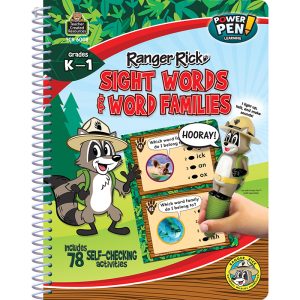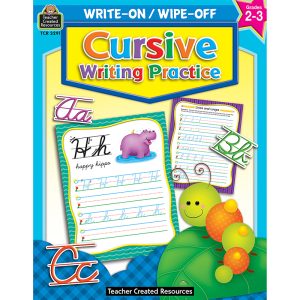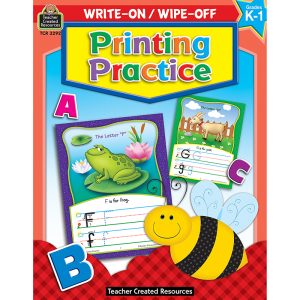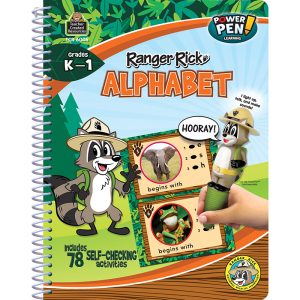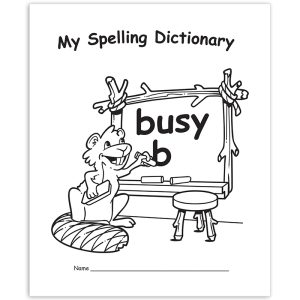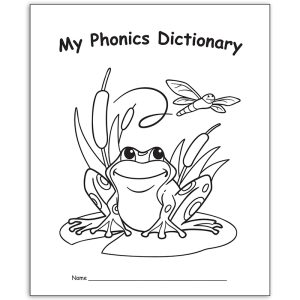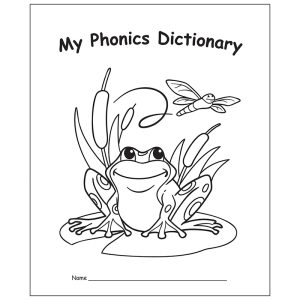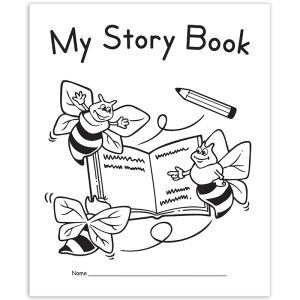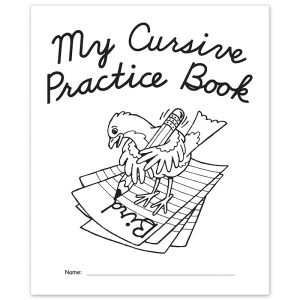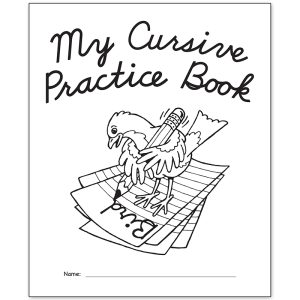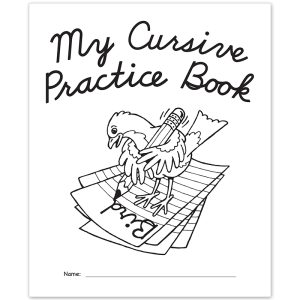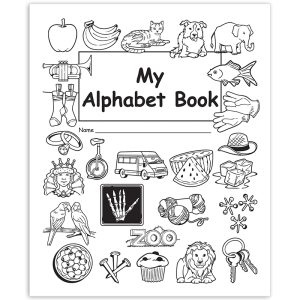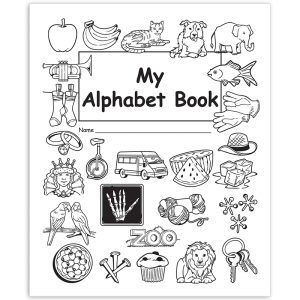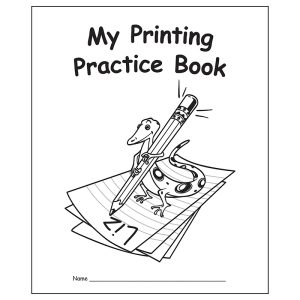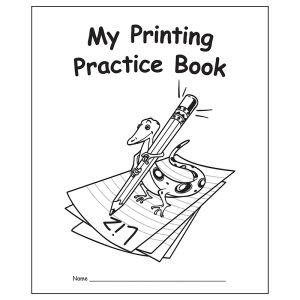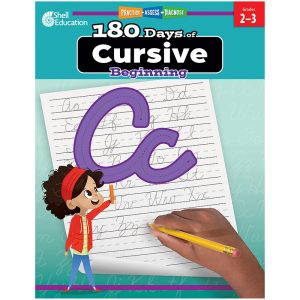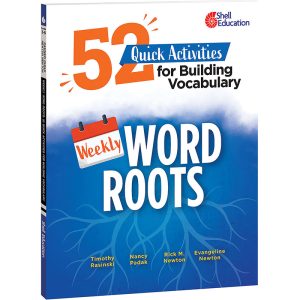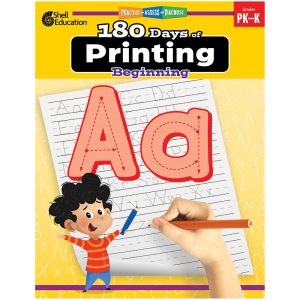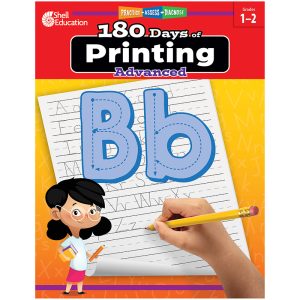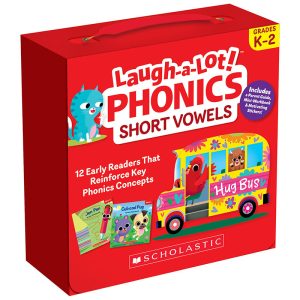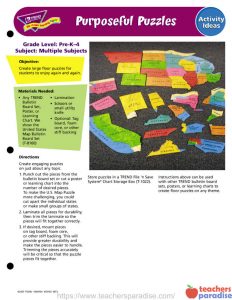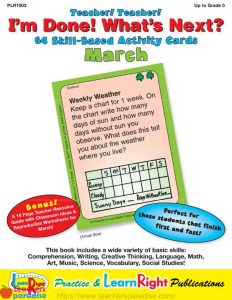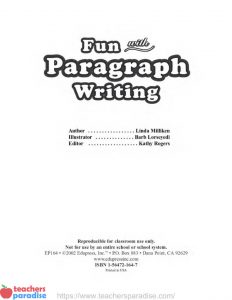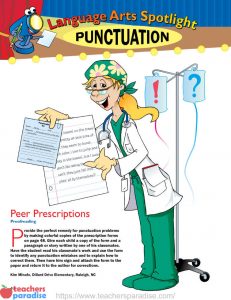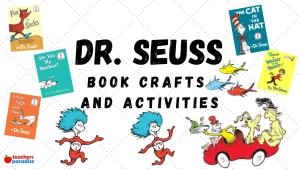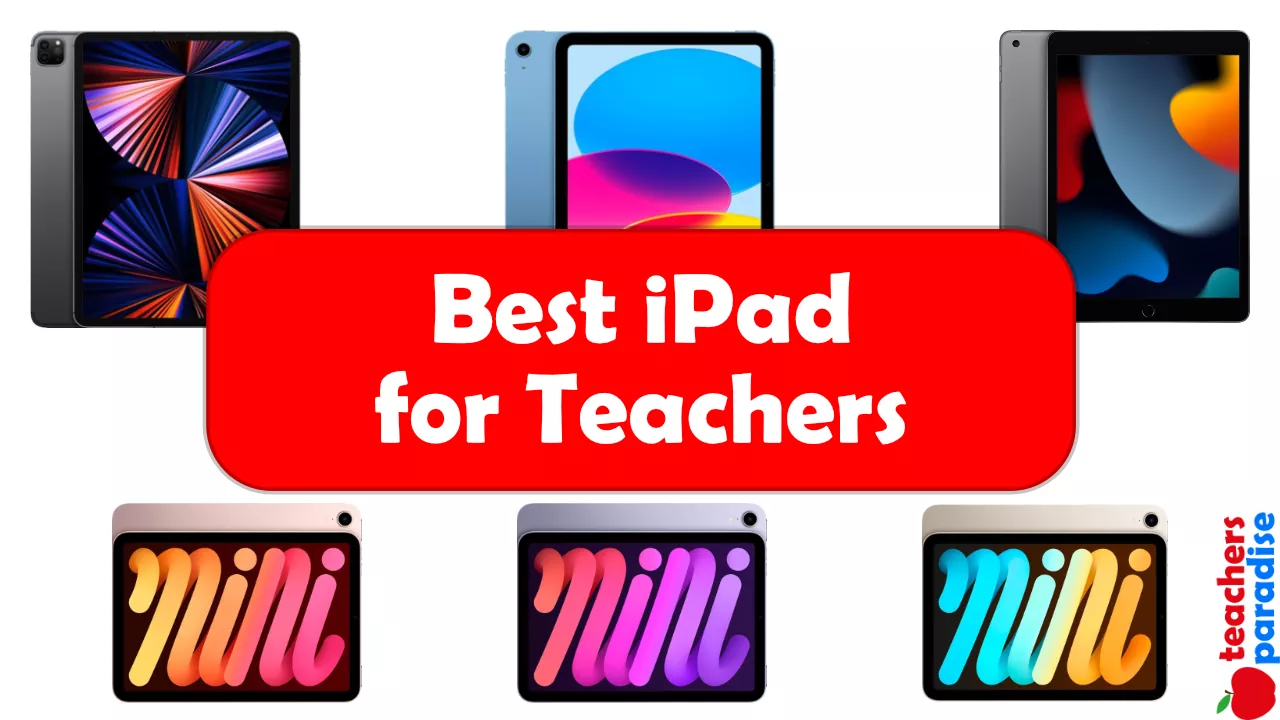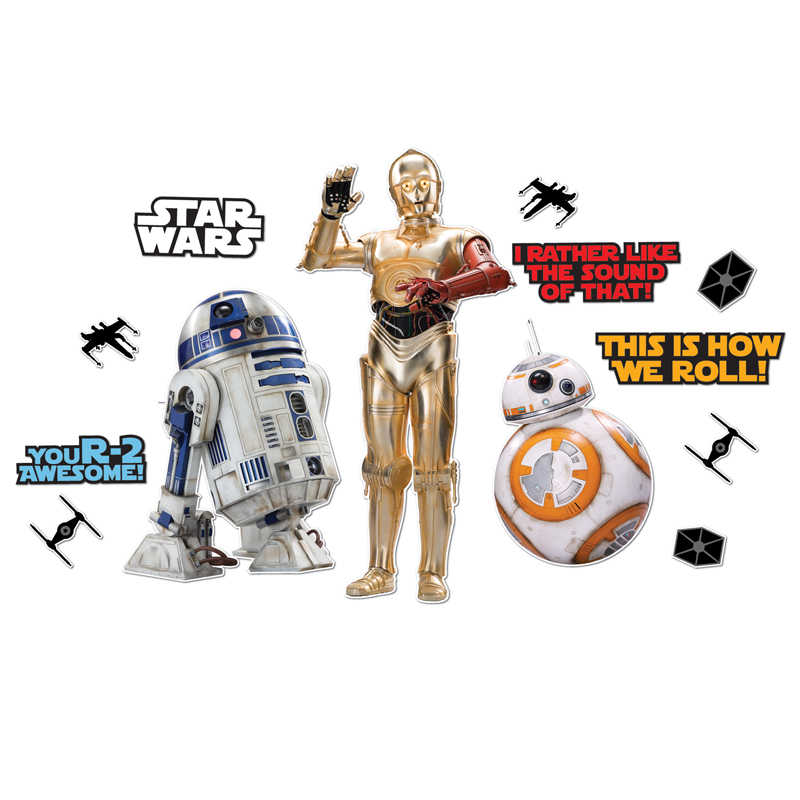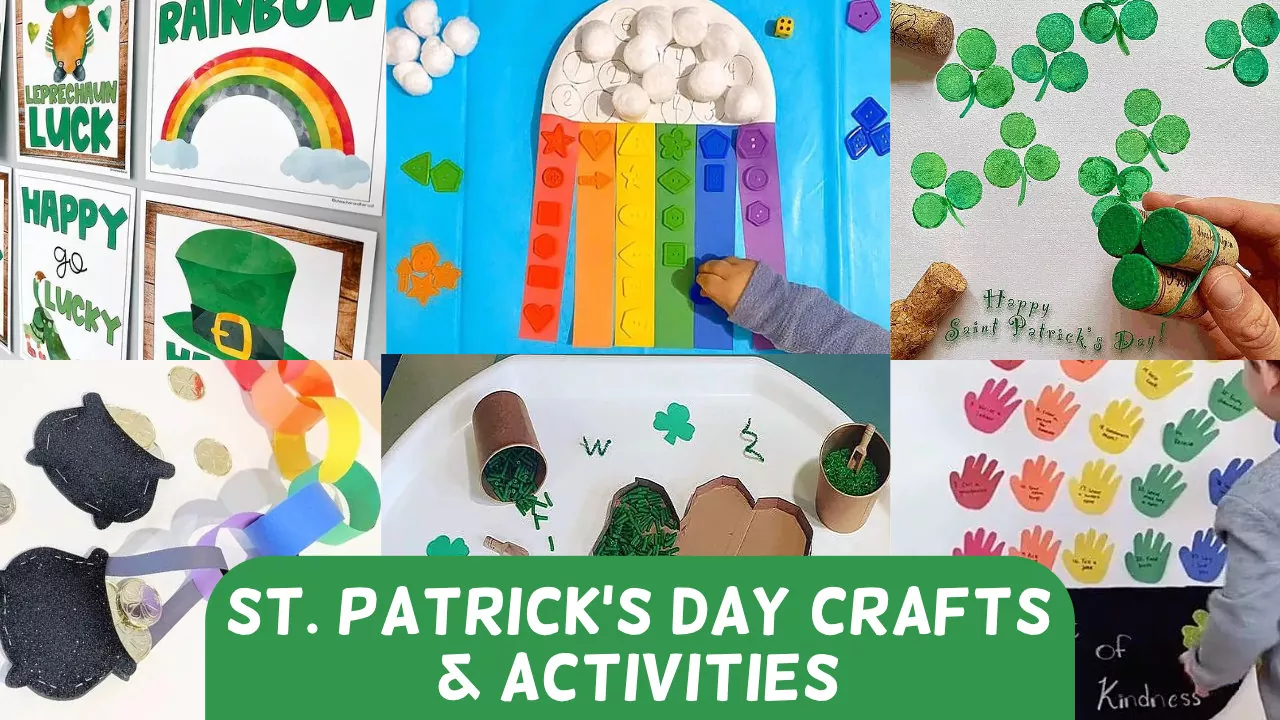Discover all the available Reading and Language Arts resources at TeachersParadise
Teachers commonly use various materials to teach Reading and Language Arts in schools. Some common examples include textbooks, workbooks, novels, short stories, poems, graphic organizers, writing prompts, and vocabulary lists. Additionally, teachers may use educational software, online resources, and interactive whiteboards to enhance their lessons. The materials used may vary depending on each professor's grade level, curriculum, and personal teaching style.
Here are some types of classroom materials commonly used by teachers to teach Reading and Language Arts:
- Activity Books: These books contain exercises and activities to reinforce reading and language skills, such as matching, fill-in-the-blanks, and word puzzles.
Read more
- Activities: Teachers often prepare hands-on activities to engage students in learning reading and language arts. These may include role-playing, group discussions, storytelling, and creative projects.
- Comprehension Materials: These materials focus on improving students' reading comprehension skills. They may include passages or texts followed by questions that test students' understanding and ability to analyze and interpret what they've read.
- Editing Skills: Materials that help students develop editing and proofreading skills, including worksheets or exercises that require students to correct errors in grammar, punctuation, spelling, and sentence structure.
- Games: Educational games provide an interactive way for students to practice reading and language skills—for example, word matching games, vocabulary board games, or online reading comprehension games.
- Grammar Skills: We offer a variety of resources, such as worksheets, posters, and interactive activities to help students learn about grammar rules, parts of speech, sentence structure, and punctuation.
- Handwriting Skills: Worksheets and practice materials that improve students' handwriting legibility and letter formation.
- Language Skills: Resources that target specific language skills, such as understanding figurative language, idioms, similes, and metaphors.
- Letter Recognition: Materials that help students recognize and identify letters of the alphabet, including flashcards, letter puzzles, and letter sorting activities.
- Literature Units: These units provide resources related to specific books or literary works, including discussion questions, vocabulary activities, and comprehension exercises.
- Magnetic Letters: These manipulatives are often used to teach early learners letter recognition, phonics, and word formation by allowing them to manipulate and arrange letters to form words.
- Phonics Materials: Resources that focus on teaching the relationship between sounds and letters, including phonics worksheets, phonics readers, and interactive phonics games.
- Poetry Materials: Materials that introduce students to different forms of poetry, such as rhymes, rhythm, and imagery. They may include poetry anthologies, worksheets, and writing prompts.
- Reading Skills: Various materials are used to develop and enhance students' reading skills, such as leveled reading books, reading passages, guided reading materials, and reading comprehension worksheets.
- Reference Books: Dictionaries, thesauri, grammar guides, and other reference materials that support students' language learning and provide assistance when they encounter unfamiliar words or concepts.
- Sight Words: Flashcards, word lists, and activities designed to help students recognize high-frequency words by sight, improving their reading fluency and vocabulary.
- Spelling Skills: Spelling lists, word sorting activities, spelling games, and worksheets to improve student's spelling abilities.
- Vocabulary Skills: Resources that focus on building students' vocabulary, including vocabulary word lists, context clues activities, and vocabulary games.
- Word Skills: Materials that help students develop word analysis and word study skills, such as word families, prefixes, suffixes, and root words.
- Writing Skills: Worksheets, writing prompts, graphic organizers, and writing resources that assist students in developing various writing skills, such as narrative writing, persuasive writing, and descriptive writing.
These materials can be used in various ways to create engaging and effective lessons for teaching reading and language arts in the classroom.
Stay Connected
Coupons, sales and latest free apps
Our newsletter for teachers, educators & parents! Subscribe to our weekly shameless plug! Sometimes coupons, other times sales, always fun! We will keep up on our always evolving teacher supplies catalog and all of our latest free educational apps!. Enter your e-mail and subscribe to our newsletter.
